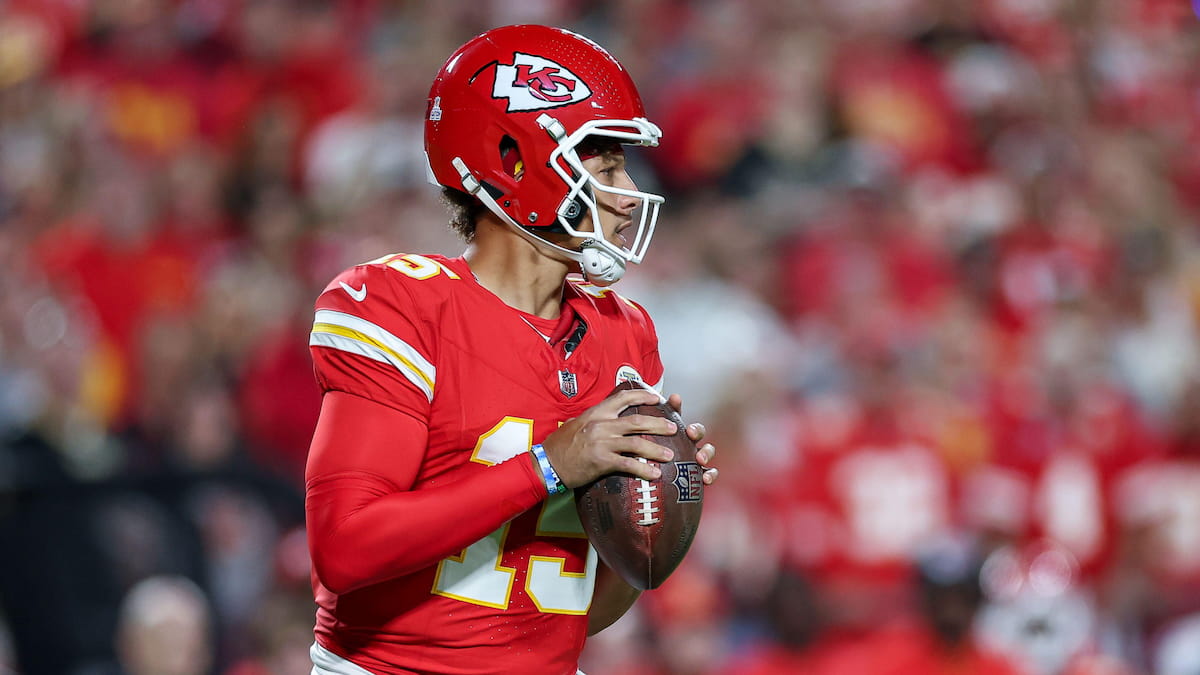Latest Sports Picks, News and Previews

The quarterback, one of the most prevalent positions in American football, has evolved from its origins to now. It may be one of the main 11 positions on the field, but it wasn’t necessarily always played the way it is now. In the past, the QB had different expectations, but a lot of them were different from what they are now as well. For starters, just check out the QBs with the most passing yards in a game or season, and you’ll find many players from today’s game.
It’s been interesting to see how this change has occurred over 100+ years later in the sport of football and the NFL in particular, which is why we examined the evolution process of the QB from then to now.
Back in the olden times of the late 1800s, the role of the QB position was primarily for running, believe it or not. QBs were much less likely to risk throwing the ball, meaning they acted more as ball carriers than in the modern NFL. In 1930, teams commonly adopted the T-formation to protect ball carriers during the snap, allowing possible hand-offs to the running back. From a simple formation change, we see how the role of QB changed by the mid-1900s.
In the modern NFL era, forward passing is a must. While it was legalized in 1906, it was rarely used offensively compared to the RB carry until the 1920s. Since then, you won’t see many QBs get drafted to the NFL without the ability to toss. If we look at why many QBs have focused on their throwing techniques, it’s because, over the years, they have created more time and space for themselves before deciding to run or throw (outside of the playbook). Part of that can be largely attributed to factors like the creation of T-formation, having bigger and better linesmen to protect your QB and giving other options like running backs to hand to or fake a throw.
One of the QBs largely credited with revolutionizing the position from 1950-1970 was the Baltimore Colts’s Johnny Unitas. He won MVP three times and led the league in passing yards and touchdowns on four separate occasions. According to many onlookers during this time, Unitas was a silky player with a slippery and aesthetically pleasing playstyle to watch. From then on, future QBs were inspired by Unitas’s throwing ability, leading to the more modern era of NFL QBs.
With the modernizing of forward passing came the necessity for dual-threat QBs, meaning to compete in the present-day NFL, you need to be the best at running and throwing. Remember, QBs started primarily as a running position, and it took nearly 50 years for throwing to be a commonplace tactic.
With modernized throwing today, QBs still need to be extremely good at running in tight situations. It’s from this that we see the need for competitive dual-threat QBs, which inevitably created the rise of all the competitive professional QBs we see today, such as Patrick Maholmes, Josh Allen and Lamar Jackson, who all know how and when to throw or run.
Although you can point to Tom Brady and Peyton Manning as two all-time great QBs who weren’t truly dual-threat QBs, the vast majority of QBs today can damage defenses with their arms and legs. This may lead to lower passing numbers compared to the Brady, Manning and Drew Brees generation of QBs, so it will be interesting to see how the position continues to evolve throughout the 21st century.

Liam has been a major sports fan and soccer player for over a decade, with a particular focus on major top-level soccer leagues, including the EPL, La Liga, Serie A, Bundesliga and MLS. He has written numerous promotional articles for various top sportsbooks and continues to publish historical and factual sports articles covering the NFL, MLS, NHL, MLB, EPL and more.